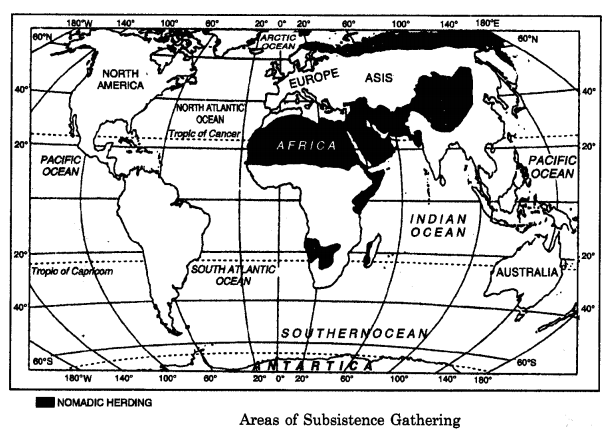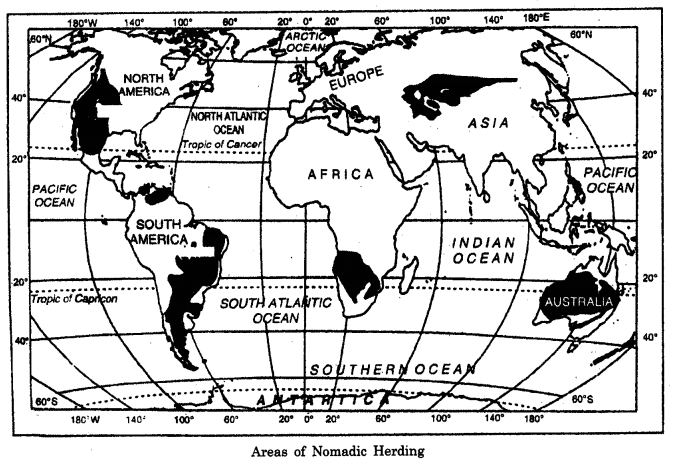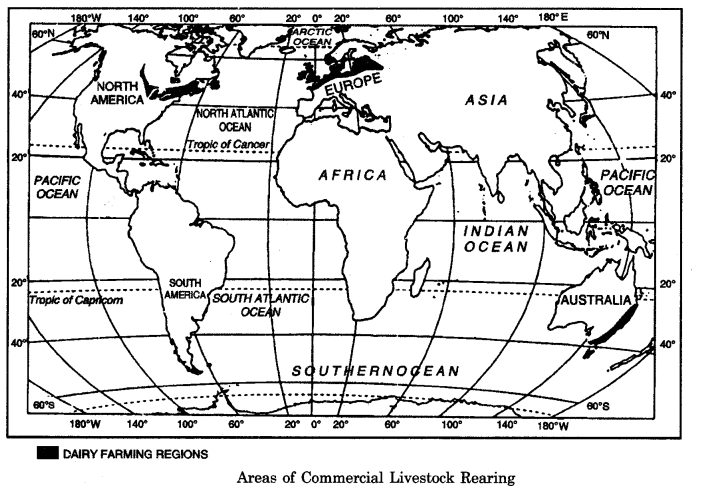Here we are providing 1 Mark Questions for History Class 12 Chapter 11 Rebels and the Raj: The Revolt of 1857 and its Representations are the best resource for students which helps in class 12 board exams.
One Mark Questions for History Class 12 Chapter 11 Rebels and the Raj: The Revolt of 1857 and its Representations
Question 1.
Who was the last Mughal emperor?
Answer:
Bahadur Shah Zafar.
Question 2.
Who started Doctrine of Lapse?
Answer:
Lord Dalhouse.
Question 3.
Which state was captured by the British on the issue of misgovernance?
Answer:
Awadh.
Question 4.
Who was Nawab of Awadh when it was captured in 1850 A.D.?
Answer:
Nawab Wajid Ali Shah.
Question 5.
Who led the revolt of 1857 in Kanpur?
Answer:
Nana Saheb, the adopted son of Peshwa Baji Rao II.
Question 6.
Who led the revolt of 1857 in Awadh?
Answer:
Begum Hazrat Mahal and her son Birjis Qadr.
Question 7.
Name the famous state captured under Doctrine of Lapse?
Answer:
Jhansi.
Question 8.
What was the immediate cause of the revolt of 1857?
Answer:
The issue of greased cartridges.
Question 9.
Who said that ‘Awadh is just like a cherry that will drop into our mouth one day’?
Answer:
Lord Dalhousie.
Question 10.
When and who started Subsidiary Alliance?
Answer:
Subsidiary Alliance was started by Lord Wellesley in 1798 A.D.
Question 11.
Where was Nawab Wajid Ali Shah exiled?
Answer:
He was exiled to Calcutta.
Question 12.
Name the major centres of the revolt of 1857.
Answer:
Merrut, Delhi, Lucknow, Kanpur, Jhansi etc.
Question 13.
Who painted ‘In Memoriam’?
Answer:
Joseph Noel Paton.
Question 14.
Who said, “Khoob Lari mardani woh to Jhansi Wali Rani thi”?
Answer:
Subhadra Kumari Chauhan.
Question 15.
What was the role of cartridges covered with fat of animals in the mutiny of 1857 ?
Or
What was the immediate cause for the mutiny of 1857? ,
Answer:
In 1857, the soldiers were given new cartridges coated with the fat of cows and pigs. The soldiers had to peel them out with their teeth before using them. It corrupted their caste and religious norms. Therefore, the Hindu and the Muslim soldiers refused to use these cartridges. They revolted against the British to preserve their faith.
Question 16.
Give an example of a revolt by a famous tribe before the mutiny of 1857.
Answer:
Many peasant revolts were witnessed in different parts of the country before the rebellion of 1857. For example, Fraizies revolted against the oppression of farmers by the Zamindars of the Britishers. They were from a Muslim community.
Question 17.
Where was the fight for freedom fought in India ? How did the Britishers crush it ?
Answer:
The struggle for the freedom of India was fought in Delhi, Haryana, Uttar Pradesh, Bihar and Punjab. The British crushed it with the help of their ewn power and the cooperation of a few kings of the Indian states.
Question 18.
How the revolt of 1857 acquired legitimacy ?
Answer:
Mughal Emperor Bahadur Shah accepted to become the leader of revolt. Now revolt could be carried on in the name of Mughal emperor. In this way, Revolt of 1857 acquired legitimacy.
Question 19.
How events moved swiftly after 13th May in the mutiny of 1857 ?
Answer:
(i) Delhi was captured by rebels.
(ii) Mughal emperor Bahadur Shah gave his support to the mutiny.
Question 20.
“Rebel Sepoys (1857) began their actions with any signal.” Give any two signals in this regard.
Answer:
(i) At many places it was the firing of the evening gun.
(ii) At few other places this signal was the sounding of the bugle.
Question 21.
“Rumours and prophecies played a part in moving people to action before the Revolt of 1857.” Write any of the two rumours or prophecies in this regard.
Answer:
(i) There spread a rumour that the British had mixed bonedust of cows and pigs into the flour which was sold in the market.
(ii) A prophecy was made that on the centenary of the Battle of Plassey, on 23th June 1857, the British rule would come to an end.
Question 22.
Why did the British become increasingly interested in acquiring the territory of Awadh ?
Answer:
(i) The Britishers felt that the soil of Awadh was very good for cultivation of indigo and cotton.
(ii) They also thought that this state could be developed into a principal market of North India.
Question 23.
When and who annexed Awadh into the British empire ?
Answer:
Awadh was conquered and annexed into the British empire by Lord Dalhousie in 1856.


